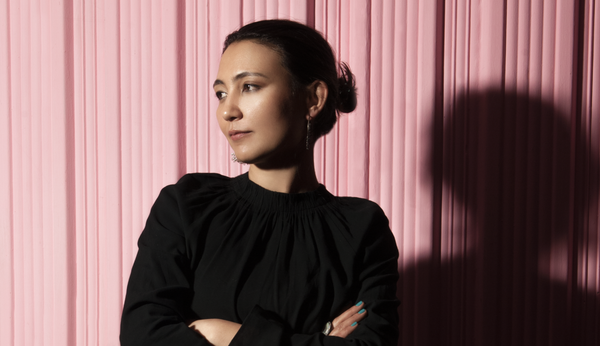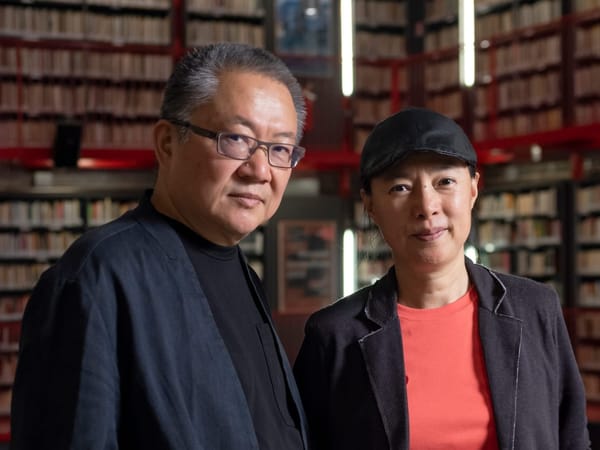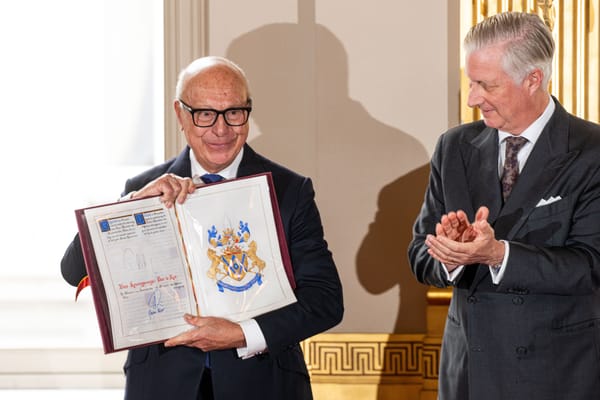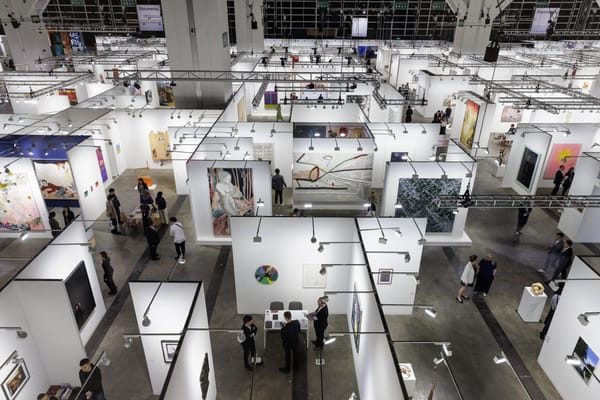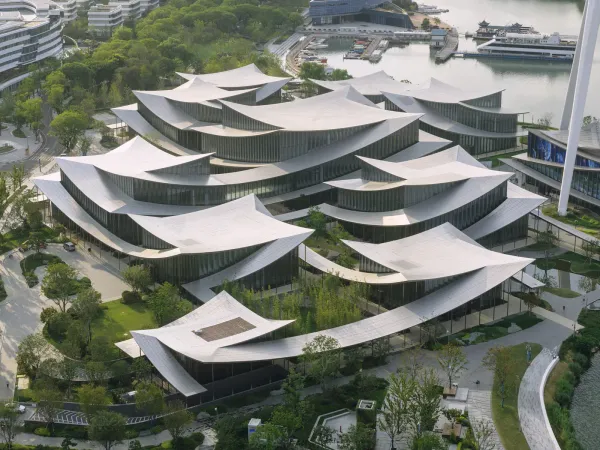News
Kwak Duck-Jun, 1937–2025
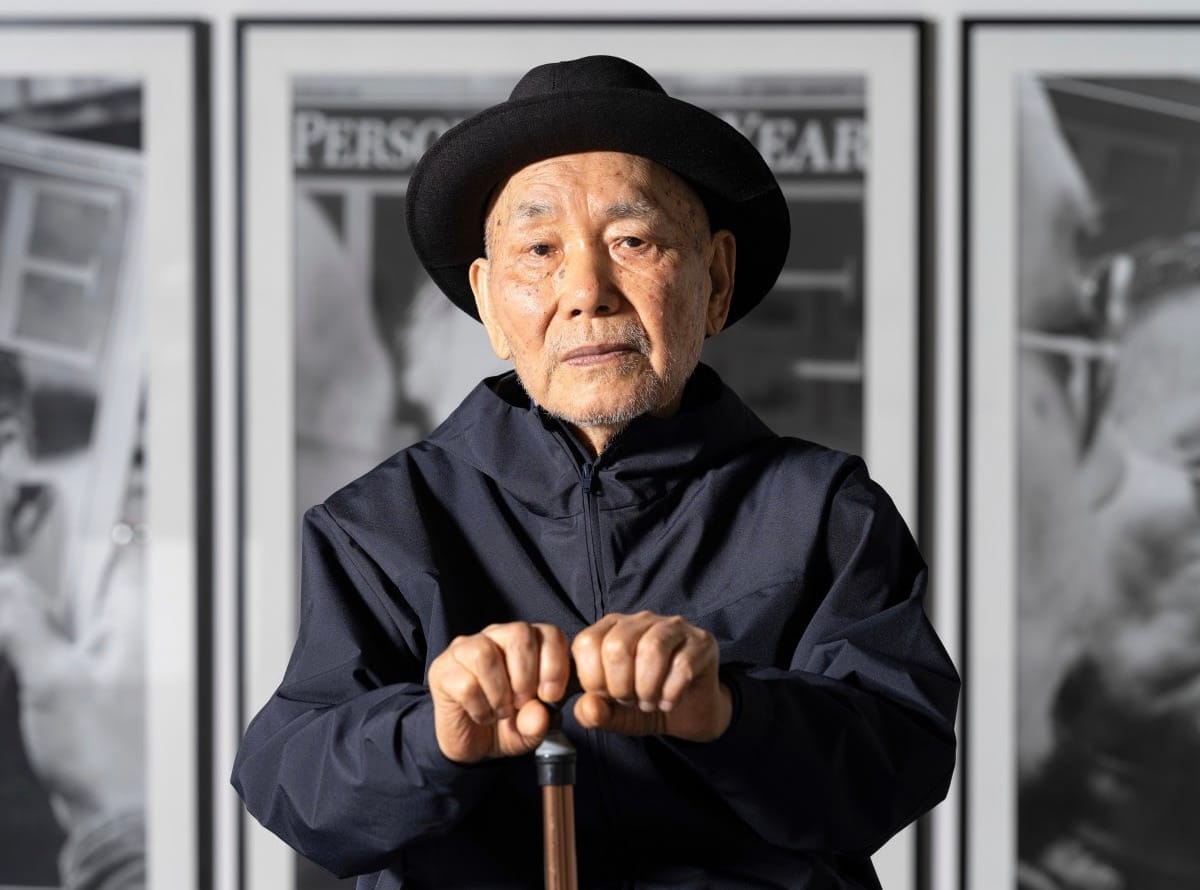
On July 26, Korean Japanese conceptual artist Kwak Duck-Jun—who was renowned for his experimental works across performance, video, installation, printmaking, and photography—died at the age of 88. His passing was announced by Seoul-based Gallery Hyundai two weeks after a private family funeral.
Born in 1937 in Kyoto, Kwak played a crucial role in bridging the contemporary art worlds of South Korea and Japan. His practice was shaped by his complicated upbringing as a Zainichi Korean (a term referring to ethnic Koreans who reside in Japan), in addition to a near-death encounter with tuberculosis in his early 20s. These disconcerting experiences informed his art, which often grappled with themes of identity, belonging, and survival, echoing his lifelong personal struggles.
Kwak graduated from the Kyoto Municipal Arts and Crafts School in 1955, after which he focused primarily on painting. He sought comfort in producing art, particularly during the mid-1960s, when he was undergoing frequent hospitalizations. Drawing on his education in Japanese painting, he used wood glue and shell powder to create abstract canvases that featured ceramic-like surface textures and dynamic, free-form shapes.
In the early ‘70s, Kwak was one of the first Korean artists to focus on conceptual art, which attracted the attention of both Korean and Japanese art professionals. During this time, he actively contributed to cross-cultural exchanges between the two countries, exhibiting alongside seminal Korean figures such as Dansaekhwa artist Chung Sang-Hwa and painter Park-Seo Bo.
Among Kwak’s most notable conceptual works is his Weight-scale series (1970), comprising various large stones placed onto broken scales, which received high praise from Edward F. Fry—then curator at New York’s Solomon R. Guggenheim Museum—during his visit to Japan. A few years later, Kwak began his famed President and Kwak photocollage series (1974–2008), for which he cut out images of 10 US presidents from Time magazine covers and pasted them onto portraits of himself. Though the work was deemed controversial at the time, it granted him widespread international attention. Kwak’s sense of irony, humor, and cynicism pervades further projects, such as his silkscreen print series Repetition (1979), which explored mass-media imagery and its often nonsensical narratives.
Throughout his career, Kwak held numerous solo shows and participated in international art events, including the 13th Gwangju Biennale (2021). His works are in the collections of various institutions, such as the National Museum of Modern Art, Tokyo; the National Museum of Modern Art, Kyoto; the Seoul Museum of Art; and the Taipei Fine Arts Museum, among others.
Celine Fong is an editorial intern at ArtAsiaPacific.
